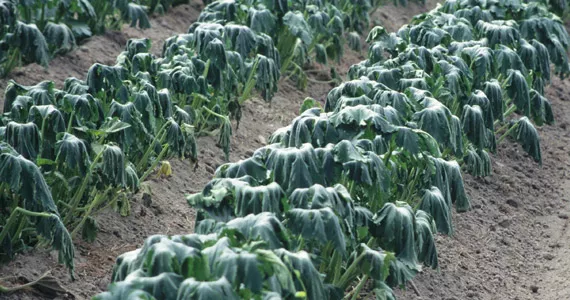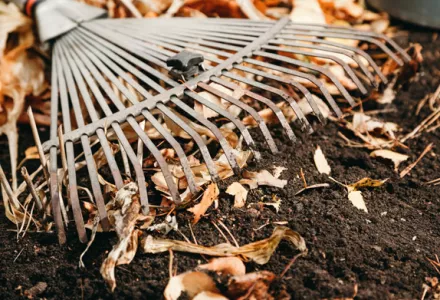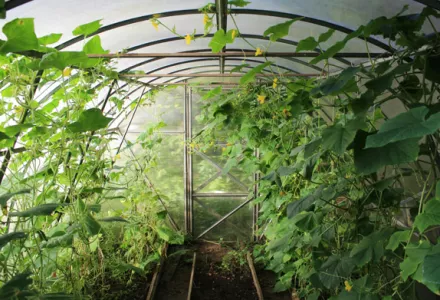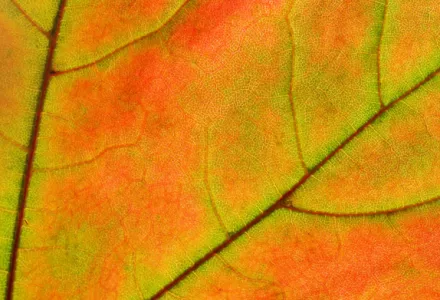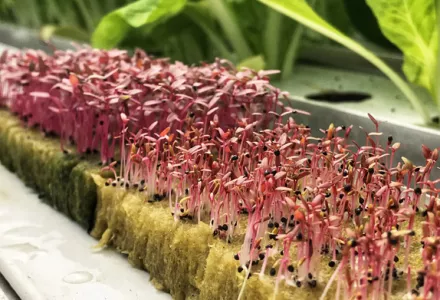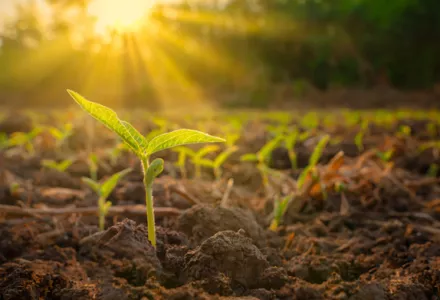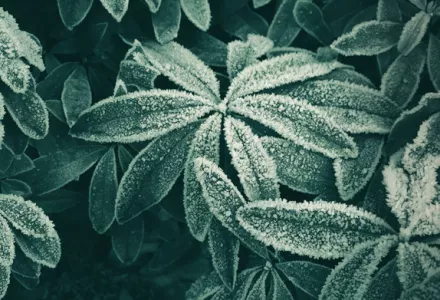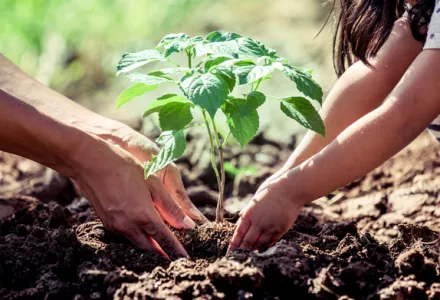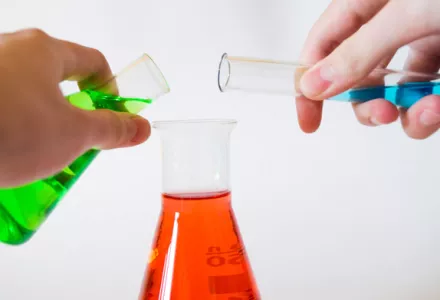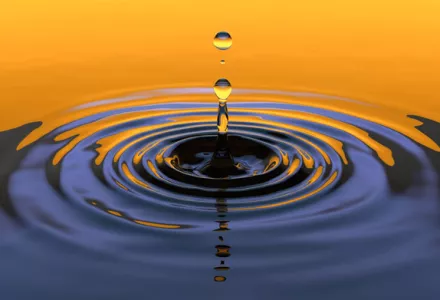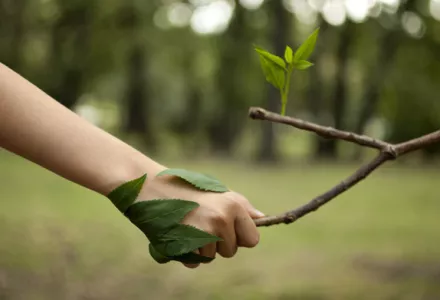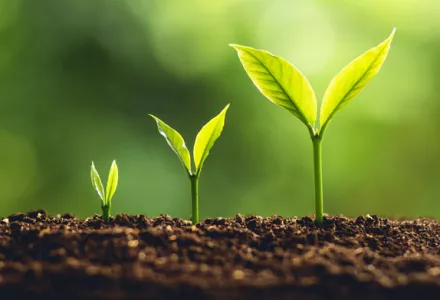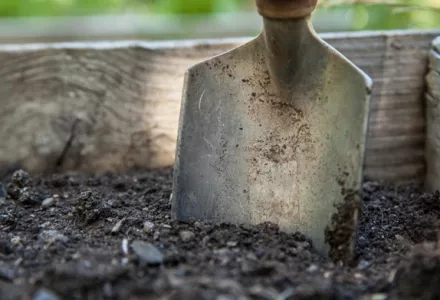Plants have to deal with many less than ideal circumstances that can push the plant to its limit in order to survive. In this article we'll describe the most occurring forms of plant stress.
Environmental plant stress
Environmental stress or more specifically abiotic environmental stress includes all the non-living environmental factors that can negatively or even harmfully affect the growth and productivity of plants. A lot of scientific research has been done on drought stress, effects of flooding or submergence, salinity stress and extreme temperatures (both high and low). But for growers well known issues as high light intensities and deficits of inorganic nutrients (for example nitrogen, phosphorus, potassium) are included. The main reason for this would be their key roles in producing yield loss of agricultural or industrial crops worldwide.
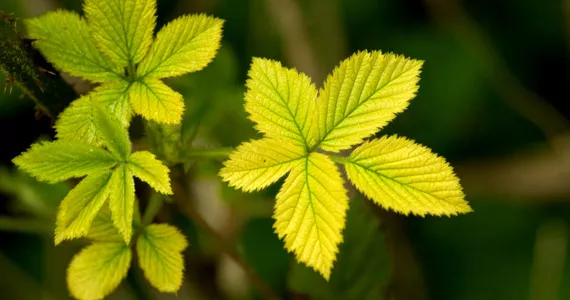
Mechanical plant stress
One of the stress types that occurs as soon as you enter your greenhouse or field is mechanical stress. Plants in general are very sensitive to mechanical stress. Experienced growers may know that if they walk through their fields or touch their plants too often, this can result in shorter plants. It can also lead to tissue injury, which is a potential entry point for diseases. Differences in air movement (Read: How air temperature affects plants), vibrations or too frequent handling of plants can all cause mechanical stress. Shaking or flexing a plant for just a few minutes each day can reduce stem elongation and the weight of the plant, both fresh and dry.
This has also been studied in lab conditions, where young Arabidopsis thaliana (Rock cress) plants were subject to stem rubbing a couple of times daily. This resulted in shorter plants compared to the control group, which were not touched.
Mechanical stress cannot be prevented completely, but keep in mind when visiting your plants, either indoors or in the field, that they will be affected by your visit. So keep direct contact with your plants to a minimum.
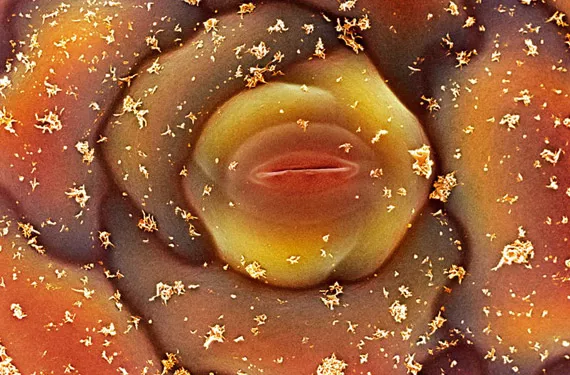
Drought plant stress
On sunny, dry days, or when the light in a greenhouse is very intense, plants may wilt because the rate of water loss through transpiration exceeds the rate at which the root system is absorbing water from the soil. In other words, there is not enough moisture in the soil, which can greatly inhibit plant growth. However, plants have control systems that enable them to cope with less extreme water deficits.
Lack of water
Many of a plant’s responses to a lack of water help it to conserve water by reducing the rate of transpiration. A lack of water in the leaves causes guard cells to become less turgid, a simple control mechanism that slows transpiration by closing the stomata. A lack of water also stimulates synthesis and the release of abscisic acid in the leaf; this hormone helps keep stomata closed by acting on the guard cell membranes. The leaves respond to a lack of water in several other ways. Leaves of many plant species, such as grass species, roll into a tube-like shape that reduces transpiration by reducing the area of the leaf surface that is exposed to dry air and wind. Although this leaf response conserves water, it also reduces photosynthesis, which is one of the reasons why drought diminishes crop yield.
Root growth also responds to a lack of water. The soil or any substrate a plant grows in typically starts to dry from the surface down. This inhibits the growth of shallow roots, partly because cells cannot maintain the turgidity required for elongation. Deeper roots, which are surrounded by moister substrate, are still able to grow. The root system proliferates in a way that maximizes exposure to soil moisture, but this demands more of the plants’ energy, which is eventually lost for potential yield.
Solution for drought stress
The key to drought stress (or lack of water) is to protect the plant from drying out while maintaining photosynthesis. Closing the stomata results in decreased carbon dioxide availability for the plant. And the chemical reactions of the photosynthesis system cannot be switched off on demand, unless the light source is switched off, of course. A shortage of carbon dioxide due to the closure of the stomata results in a build-up of free radicals in the chloroplasts. A complex cascade of chemical reactions, called signal transduction, is responsible for this. The plant responds to these free radicals by producing antioxidants to neutralize them. Without going into too much detail, some plant hormones and free amino acids are often involved and help to plant to build up some tolerance to the drought, which was the initial cause of stress to the plant.
A grower may experience that, as soon as the drought stress is over, wilted leaves seem to recover quickly. However, within a few days to a week the affected plants will show leaf senescence. This is actually a process in which the leaves age rapidly and become yellowish because the chlorophyll has broken down. This is partly a result of irreversible damage by the free radicals mentioned earlier.
